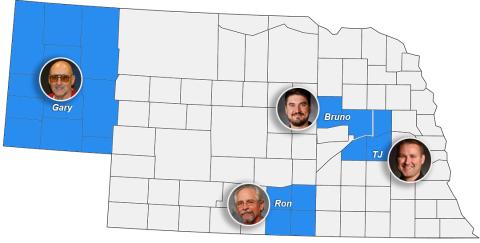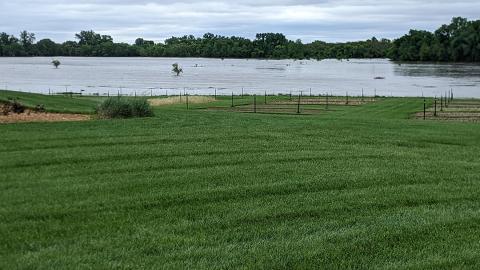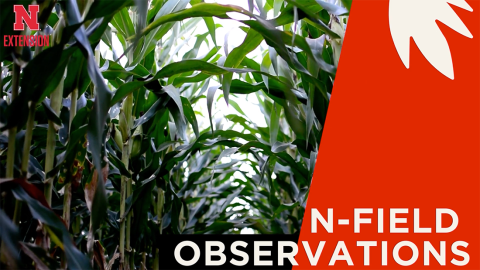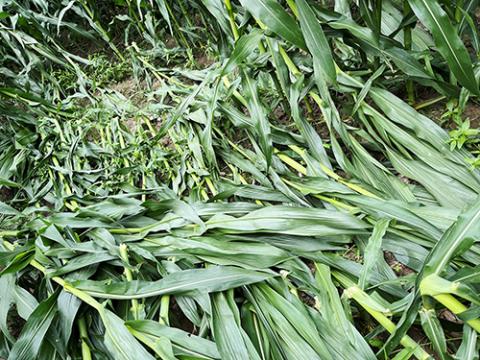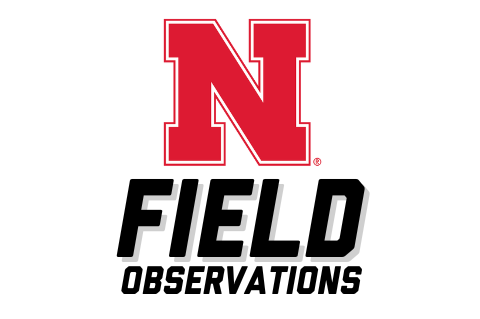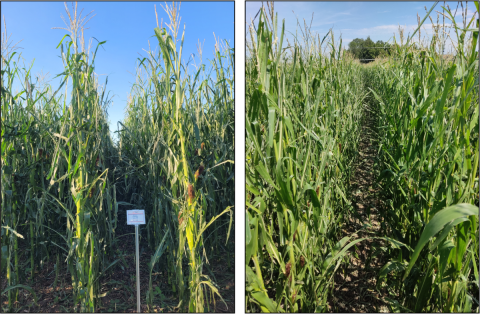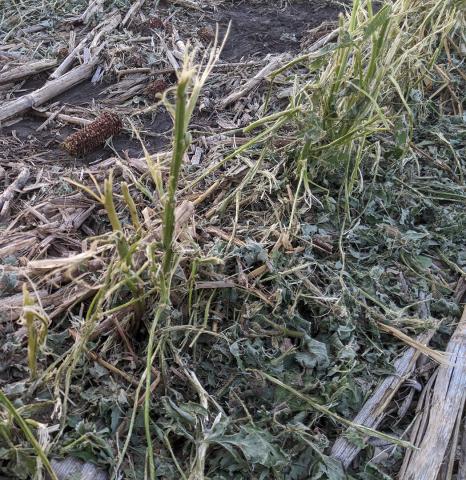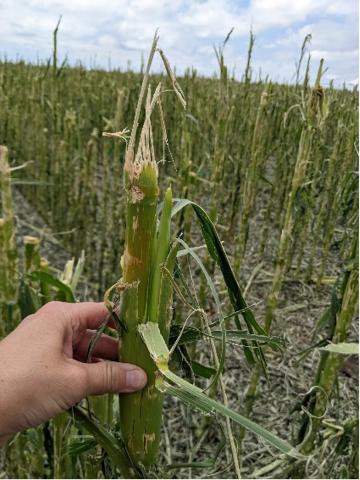Extension Crop and Pest Reports (June 24-28)
June 28, 2024
Extension educators share their observations in fields across Nebraska this week.
Q/A: What Impact Does Flooding and Saturated Soils Have on Wheat and Alfalfa?
May 24, 2024
Extension insights on crop recovery, disease and harvest considerations for flooded wheat and alfalfa fields.
This Week on N Field: Severe Weather
April 5, 2024
Are you prepared for severe weather in 2024? In this episode, extension reviews some of the most important aspects of preparing for weather-related emergencies on the farm.
Geospatial Technology Can Help Corn Producers Assess Potential Wind Damage in Fields
October 27, 2023
In a 2023 study, USDA ARS researchers used a GPS-mounted yield monitoring system to assess green snap in corn fields and more accurately estimate yield loss.
This Week on N Field: Severe Weather in the Panhandle
September 15, 2023
Information on how to deal with the aftermath of severe thunderstorms that include hail and tornadoes, from handling insurance to managing recovery crop.
TAPS Corn Fields Battered by Hail for First Time in Competition History
August 3, 2023
The TAPS team estimated there was approximately 35%-50% leaf defoliation and consequently, corn yield loss is currently anticipated to be 17%-31% for the 2023 competition.
Hail Damage to Soybean in Reproductive Stages and Options
July 14, 2023
Nebraska Extension educators and specialists share replant recommendations for soybean producers recently affected by hailstorm damage.
Hail Damage to Late Vegetative to Silking Corn and Options
July 3, 2024
For producers with crop damage from recent hailstorms, the timing of storms, crop development stage, field damage, subsoil moisture and insurance are important factors to consider when deciding the next course of action.
